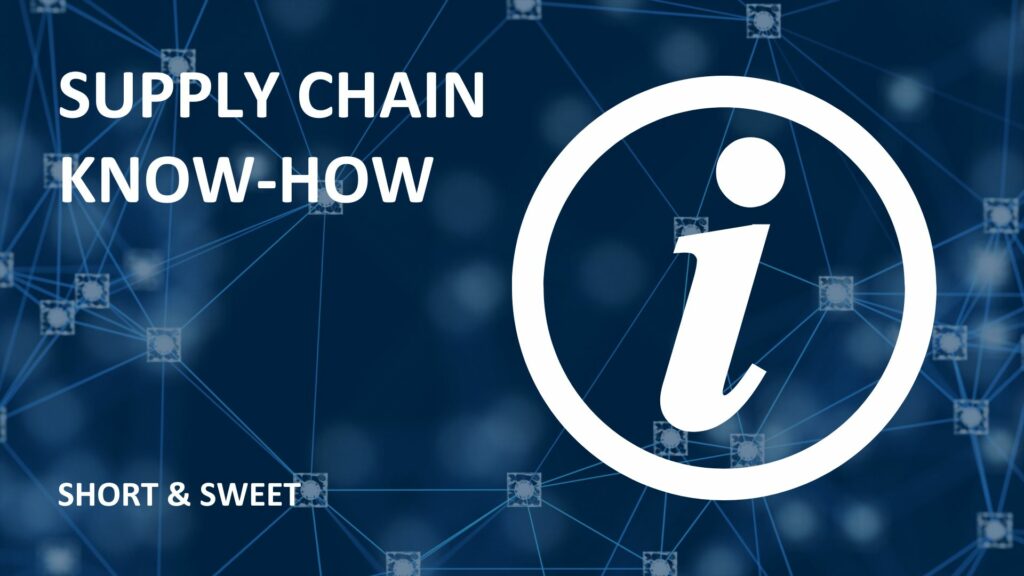A pull method in materials planning is a control principle in which material flows and production processes are “pulled” by actual requirements instead of being “pushed” by planned specifications. It is a central element in lean production systems such as the Toyota production system.
With the pull principle, material is only supplied or produced when there is a specific requirement – e.g. when a downstream process reports a withdrawal. This is in contrast to the push principle, where material is provided in advance on the basis of forecasts or production plans.
A distinction can be made between two forms of the pull principle: On the one hand, it is used for stocked materials, and on the other for customer-specific materials. The first type is generally understood as the pull principle. Quantities of material are removed from the stocked material, which is located in a “supermarket”, and the removed material quantities are replenished according to a defined rule. This mechanism can take place at all stages of the value chain, from raw material to finished material.
In principle, however, every delivery to a customer order is based on the pull principle, whether the customer order is used to order stocked items or whether customer-specific production or assembly takes place. In this case, there is a supermarket with customer order-neutral stocks at the logistics decoupling point. Material is taken from these stocks but not delivered directly; instead, it is further processed or assembled for the specific customer order and only then delivered to the customer.
Production control and scheduling processes that are based on the pull principle include consumption-based scheduling, reorder point control and Kanban. To a certain extent, the CONWIP process and the POLCA process also belong to this category.
The advantages of pull processes are lower stock levels, greater transparency in the material flow, the avoidance of waste and less control effort, provided that demand is stable.
Our tip:
It is often claimed that pull processes in materials management do not require demand forecasts, as only what is actually withdrawn is replenished. However, this view is too short-sighted, as the stocks in the supermarkets must be sufficient for the next delivery. A demand forecast is therefore necessary. However, many users are not aware of this, as they set stock levels “from experience” and do not determine them using statistical or AI-based forecasts.
Pull methods are not suitable in all replenishment situations. If demand fluctuates greatly, they are very susceptible to overstocking and/or delivery reliability. When it comes to complex products or supply chains with frequent material changes, the control effort quickly becomes very high.

